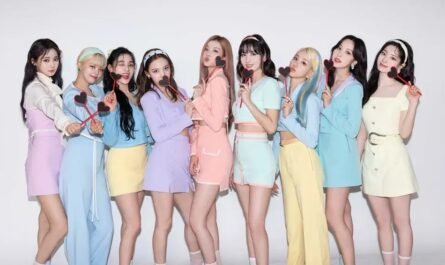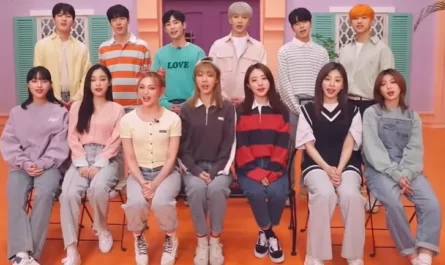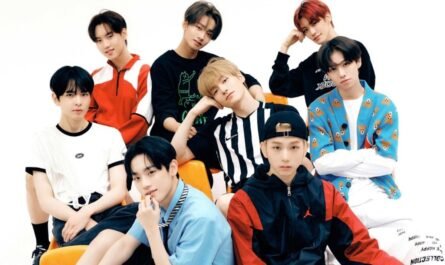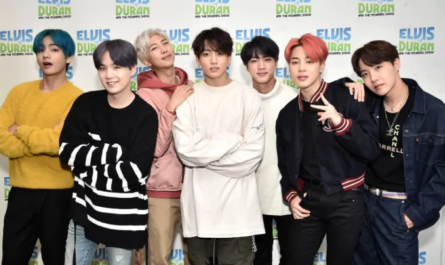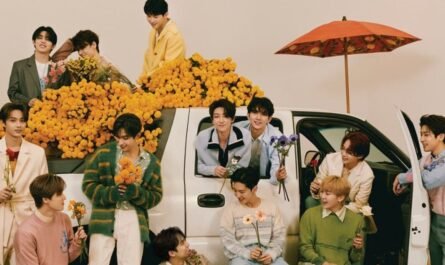There is a famous hidden street in Gwangju. As the name suggests, it is street-themed with celebrities (stars). The purpose is to attract visitors and tourists by putting celebrities-targeted content on uncharacteristic streets.
The ‘Street of K-Pop Stars’ built-in Chungjang-ro, Dong-gu, Gwangju, was criticized for being without context without a civic public forum, while the ‘Baseball Street’ in Gwangju Kia Champions Field, Buk-gu, was built in indifference. is being abandoned
Experts advise that for the streets created to attract tourists to be sustainable, it is necessary to move away from government-led content creation and use the space in three dimensions through collaboration between the public and the private sector while encouraging nearby residents’ voluntary participation in shopping malls.
“Citizens are puzzled by the unexpected street.
On the afternoon of the 29th, the alley next to the Chungjang Post Office in Chungjang-ro, Dong-gu. Along with a large sculpture announcing the street of K-pop stars, along the colorful floor behind it are shutter murals for K-pop stars from Gwangju such as J-Hope, U-Know Yunho, and Suzy, star handprints, and Star Memorial Hall (The Fan Zone). This street was built last year by the city of Gwangju to attract K-pop fans from all over the world to Gwangju.
It was ambitiously created to revive Chungjang Street, which is shrinking in the commercial district, and attract domestic tourists and overseas K-pop fans to Gwangju. Still, the reaction of citizens is only cold.
A 30-year-old citizen who was passing by said, “It looks like something happened on the achromatic street, so it’s interesting, but it doesn’t seem to have much meaning.” “Will it help attract tourists?” Another citizen, Lee (28), pointed out, “One day I saw that it was a street of K-pop stars, but I thought it was a bit out of the way.” He pointed out, “I don’t know how long an idol will live, but I doubt whether it is a core content that costs a lot of money.”
Many voices were pointing out the content. It is pointed out that stars from Gwangju and various stars were displayed indiscriminately regardless of their origins.
A 17-year-old student at Sufia Girls’ High School, who was watching the hand-printing, said, “There aren’t many idols from Gwangju, so it has no choice but to display other people as well.” did. Gwangju City has produced or plans to produce handprints of K-pop stars from Gwangju and many famous stars.
“Street that will disappear after a while” sustainability question
Quite a few citizens I met here doubted the continuity of K-Pop Star Street. It is argued that many of them will soon be left unattended and remain like abominations.
Kim So-eun (25), a student at Chonnam National University, was concerned, “K-pop is a very changing field where the game changes completely every few months, and I’m worried that this street will look out of date. In a few years.”
Lee (36) said, “I think this is the most inconspicuous place among Chungjang-ro. said
There was also distrust in the streets built by local governments. A Gwangju citizen, a 31-year-old woman, said, “The local government created a street to try this and that, but in the end, how many things were made and not managed. It is questionable whether it is a brand that can be nurtured with breathing,” he pointed out.
The city of Gwangju is constantly reinforcing its contents. It plans to produce content using a light-emitting diode (LED) display device and expands it to Geumnam-ro 4-ga Station.
The town of baseball hasn’t changed in 5 years.
Although the city of Gwangju says it will guarantee the continuity of K-Pop Star Street, citizens are not easily able to shake off their doubts. There are many precedents, but the representative example is ‘Gwangju Baseball Street’ in Im-dong, Buk-gu.
This street, which is about 1km long, was built around Gwangju Kia Champions Field, the home ground of the famous baseball house ‘Tigers’ and the former Mudeung Stadium, and has remained unchanged for more than five years since its creation.
On the street I visited on the afternoon of the 29th, the list of baseball players who won the ‘Golden Glove’ was lined up. However, the list of awards and players has not been added since 2016, giving the impression that it has been neglected.
Postboxes with the words’ Stamp Tour’ were installed along the baseball street, but most of the stamps placed inside were lost or broken. The ‘Photo Zone,’ which made a sculpture in the shape of a player, was also stopped in the past. Immo (29), a resident who was taking a walk on a nearby street, said, “There are mainly players who have already retired from the past. “He said.
Lee (26) said, “It is important to create a street, but I think how to manage it after that is more important.” “I would like to create a space for K-pop stars, baseball, or celebrities and players to hold fan signing events.” You have to be able to have life,” he said.
Private cooperation beyond government-led… “Requires mutual content.”
For the local government-led streets to be successful, they need to move away from the government-led unilateral content supply. An official from the Gwangju culture and tourism industry said, “If you look at the streets that are succeeding these days, it is supported by private-public cooperation, corporate participation, and voluntary participation of residents, rather than the one-sided government. It is important to give directions and allow the private sector and residents to participate,” he advised.
Another content industry official said, “In the end, a consumer-oriented creation strategy is necessary.” He continued, “In the case of a street using celebrities, it is important to make a street with dignity and honor, as the stars may get caught up in a scandal, or the image of the stars may be tarnished due to improper street follow-up management.” It is also necessary to install it in an easily accessible location such as public transportation, and then continuously manage and promote it,” he advised.



